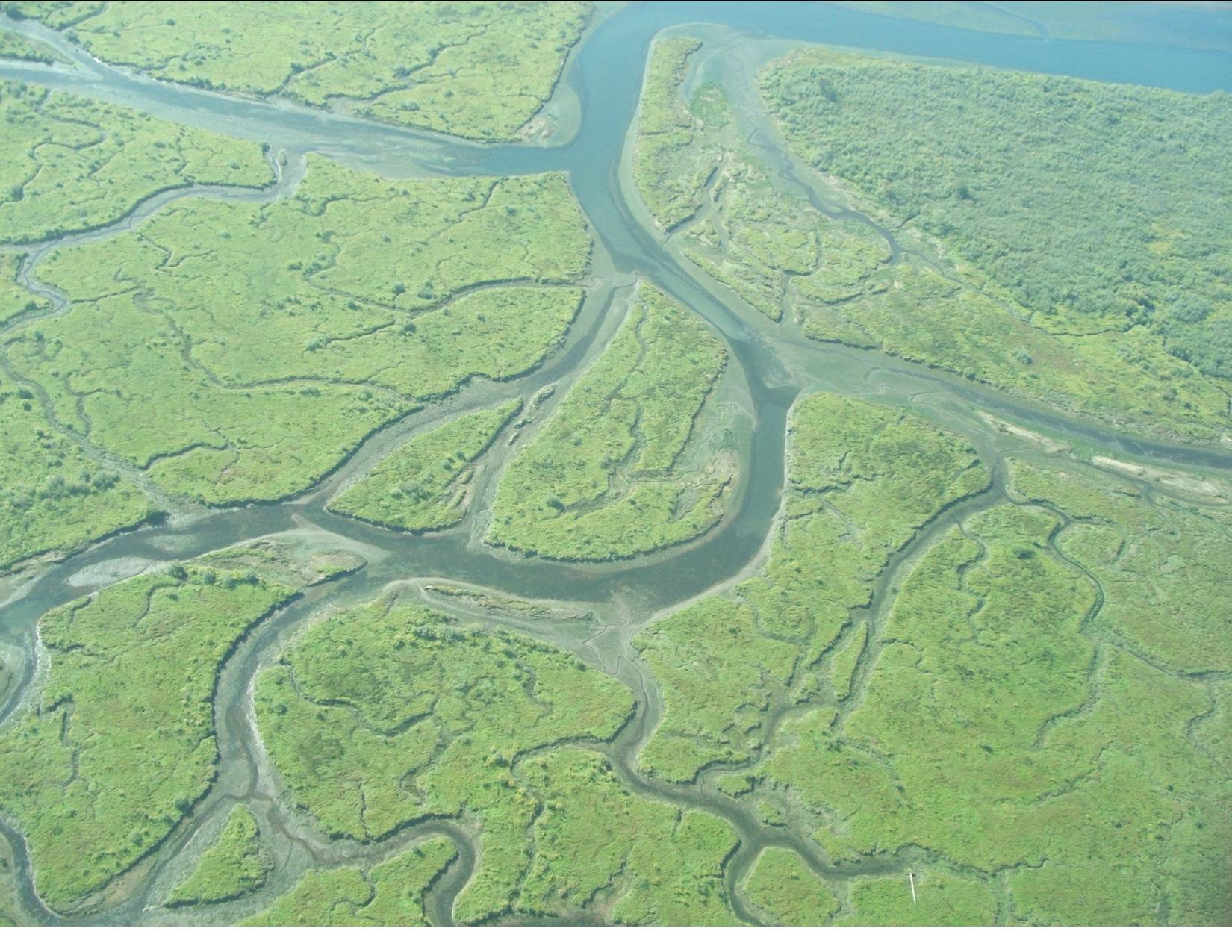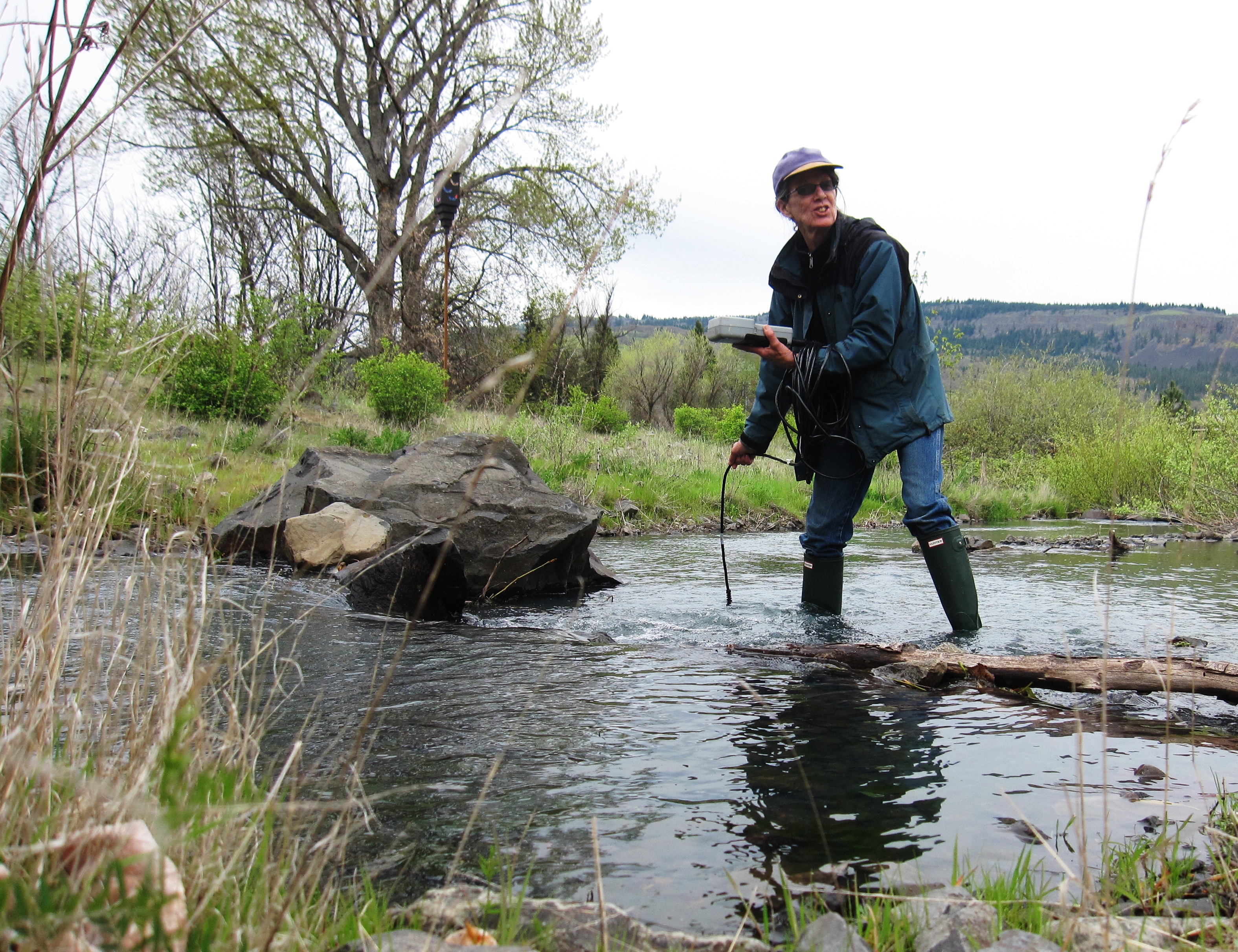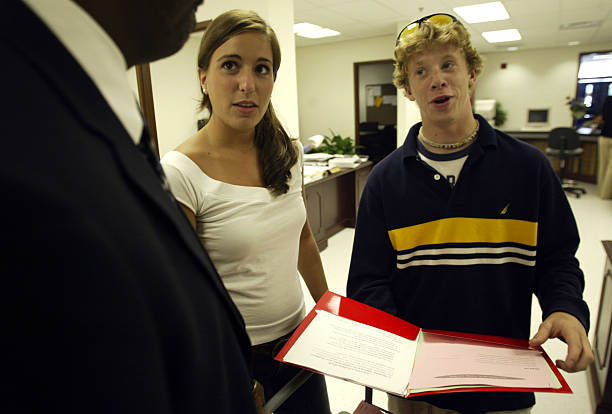 |
| Children received Christmas gifts from Operation Christmas Boxes. |
The young woman, Karah Germroth, ended up founding MOYO WA AFRIKA, based in both Tanzania and the United States, to raise the funds to help the local communities to meet their needs. But, unlike many other organizations, the needs and the ways of meeting those needs, is determined by those who live in the area, those who know the needs best, through their communities.
Once the organization was established, Ms. Germroth recalled an issue at the Arushani Kindergarten in Engaruka, Maasiland. Students were not really food secure, since there were times that there wasn't even enough food to feed them one meal in a day. That's when a project to establish a garden at the school, along with a rain capturing system was devised.
Ms. Gemroth discussed the plans at the time, "We expect that our project will impact the community as a whole by providing education on rain-harvesting and gardening that can be shared and used by others: the students at the school through providing healthy, diverse food choices; and the future students by helping the kindergarten program become more sustainable and able to continue providing early education to future classes." Now, with the garden a reality, it provides additional food sources for over 600 students.
Other programs include a girls' center, which provides housing and up-to-date schooling, for 35 girls, leading up to qualification for certificate programs that provide pathways to careers. A secondary school sponsorship program provides funds for more than 30 students to attend secondary school programs, that lead to higher education. Funding also allows those in need to obtain medical care, including surgery for four patients, vital medical treatment for 20 others, and eye exams and prescription glasses for 100 individuals.
Moyo Wa Afrika even provides the basics with its funding. If you remember back to when you were a child, you might remember how quickly you outgrew your shoes. It's no different in Africa; little ones need shoes. This organization began a Tiny Toes Tanzania program to provide shoes for these youngsters. Since it started, more than 500 children have received shoes.
 |
| Young children receive shoes. |
 |
| This is Eliamani, who is staying at the Girls' Center while she finishes a day care teacher certificate program. |





























